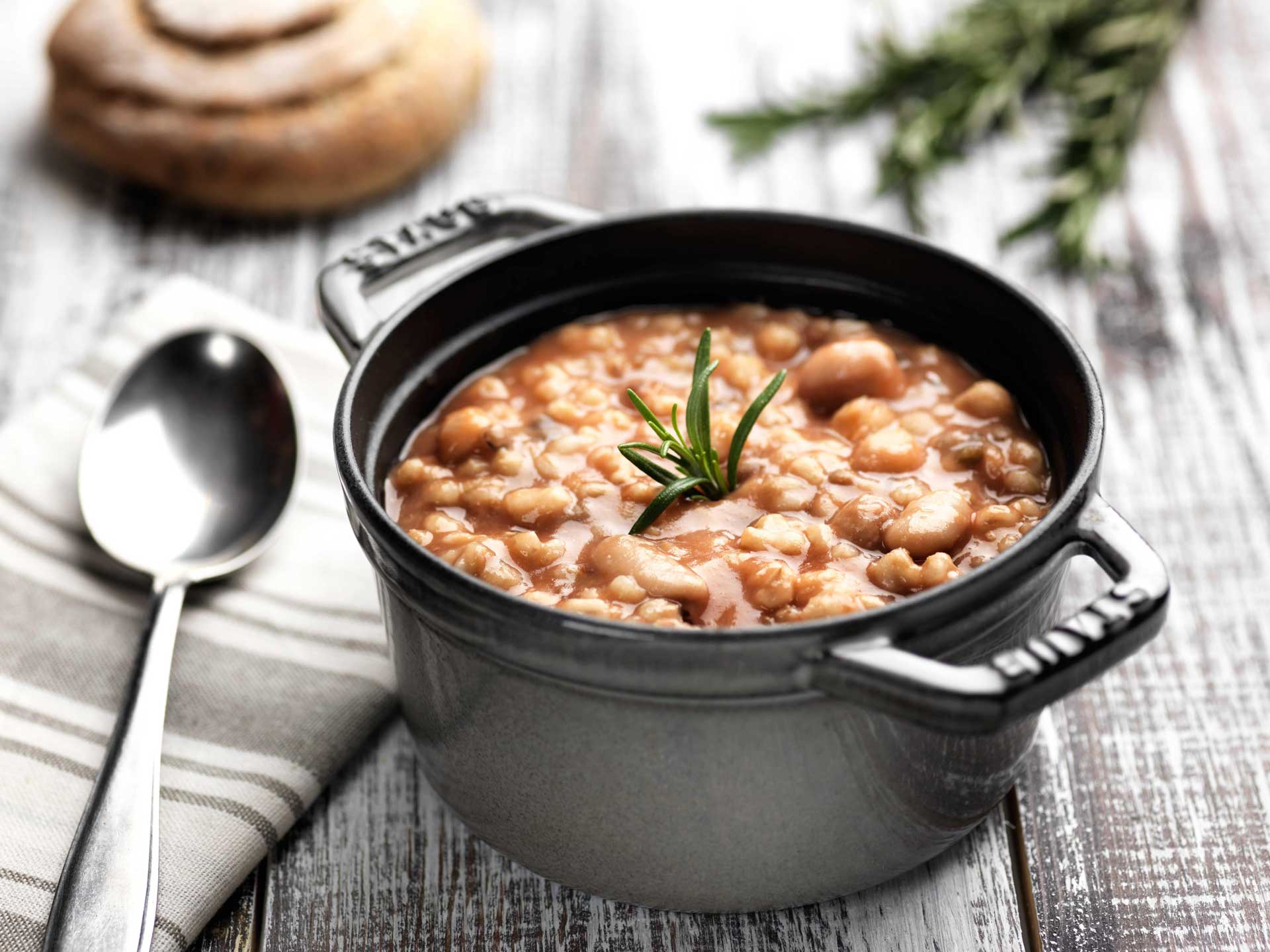
How to Read the Nutrition Label
Entering a supermarket is like taking a journey, especially for the most attentive and critical individuals. We get lost among the shelves in search of the best or most suitable product for our needs. The enormous variety of brands and the endless range of food products confuse us.
But if we learn to read the nutrition label, it will be easier and faster to make the right choices.
The regulation requires all pre-packaged foods to provide clear and legible nutritional labeling, with indications of the energy value (kcal or kJ) and the quantity of certain nutrients, expressed per 100 grams (g) or per 100 milliliters (ml) or per serving.
The obligation applies to all packaged food products except for some categories that are subject to different rules (for example, mineral waters). The order of nutritional information is mandatory: energy (kJ, kcal), fats, saturated fats, carbohydrates, simple sugars, fiber (optional), proteins, salt (meaning sodium, from any source).
It is certainly interesting to evaluate whether a product is more or less caloric, or how much sugar or fat it contains; with this type of information, we have a more or less precise and immediate idea of the amount of calories or nutrients we will ingest by eating that food.
But, in my opinion, even before reading the nutritional values, it is important to focus on the list of ingredients as it provides information about the quality of the product we are about to choose.
Moving from the concept of "how much I eat" to "what I eat" is fundamental, or rather, evaluating only the "quantity" is not sufficient.
The list of ingredients, according to the law, must start with those present in greater quantities. At the bottom of the list, we find the elements present in smaller quantities, including any thickeners, colorants, flavors, acidity regulators. Furthermore, indications regarding fats must specify the nature of the oils and fats used (e.g., olive oil, palm oil).
Let me provide an example to clarify. If I buy a breakfast biscuit, I expect it to be mainly composed of flour, eggs, sugar, butter, or other fats, milk. So, if I read the nutritional values, I will find exactly the corresponding nutrients: carbohydrates, sugars, fats.
But it is the list of ingredients that clarifies what is really inside, giving me an idea of the quality of that biscuit. For example, I will be able to know what type of flour was used (wholemeal or type 00 flour or bran), what type of sugar, if the eggs used are fresh or powdered, and the type of added fat (sunflower oil, vegetable oils, butter), and if any ingredients come from organic farming.
In this way, every purchase becomes more conscious and more in line with our taste and dietary choices.
Allergenic Substances
Greater emphasis is given to information about the presence of allergenic substances or those that cause intolerances (such as wheat derivatives and cereals containing gluten, celery, crustaceans, sulfur dioxide, dairy products containing lactose) compared to other information, for example by underlining them or putting them in bold in the list of ingredients.
Oils and Fats Used
The mandatory indication of the type of oils and fats used. It is no longer possible to deceive the consumer by hiding, behind the generic definition of "vegetable oils" or "vegetable fats", the use of low-cost tropical fats because - emphasizes Coldiretti - it is necessary to specify what type of oil or fat was used on the label. Furthermore, if the oils or fats used have been hydrogenated, it will be mandatory to indicate "totally or partially hydrogenated", depending on the cases.
Information contained in the food label
According to EU Regulation No. 1169/2011 and the subsequent amendment of Annexes II and III with Delegated Regulation (EU) No. 78/2014, the mandatory information includes:
the brand, the sales denomination (name that identifies the product), the production or packaging establishment, and the place of origin or provenance of the product
the minimum term of conservation (to be preferably consumed by) and, in the case of highly perishable products, the expiration date (to be consumed by)
the net quantity of the product (i.e., without the weight of the packaging), in products preserved in a liquid, the drained weight must also be indicated
the batch (lot), which indicates the set of all the packages of a certain food product, produced, manufactured, or packaged in practically identical circumstances
the method of conservation and use
nutritional characteristics in the form of a table
Regarding the wording of vegetable oils and fats, the generic indication of the category is no longer sufficient; indications regarding fats must specify the nature of the oils and fats used (e.g., palm oil, coconut oil, soybean oil, rapeseed oil). In the case of oil blends, the wording "variable proportion" accompanied by the list of the various oils composing the blend (e.g., palm oil, coconut oil, hydrogenated fats, etc.) must be used.
One of the most relevant novelties concerns the obligation to indicate substances that can cause allergies (allergens), highlighting their name with a different font size, style, or color from that used for other ingredients, in order to make them quickly visible.
The aim is to allow the consumer to be informed about all allergenic substances present in the food, in the form of ingredients, additives, flavors, technological aids, or others, which could cause allergies, hypersensitivities, or food intolerances. In the case of milk and milk-based products (including lactose), for example, the word "milk" will be highlighted, and not the specific allergen (e.g., "milk proteins"). Regulation No. 78/2014 also introduces the obligation to indicate the presence of certain cereals that cause allergies or intolerances and of food products supplemented with phytosterols.
For the protection and safety of consumers, pre-packaged foods can be marketed only if accompanied by indication of the production from which they come (batch). The latter consists of a so-called alphanumeric code, i.e., made up of letters and numbers, which indicates without the possibility of error the batch to which the foodstuff belongs, in order to be able to trace it and follow the path of food "from fields to table".
Dr. Concetta Mauriello






